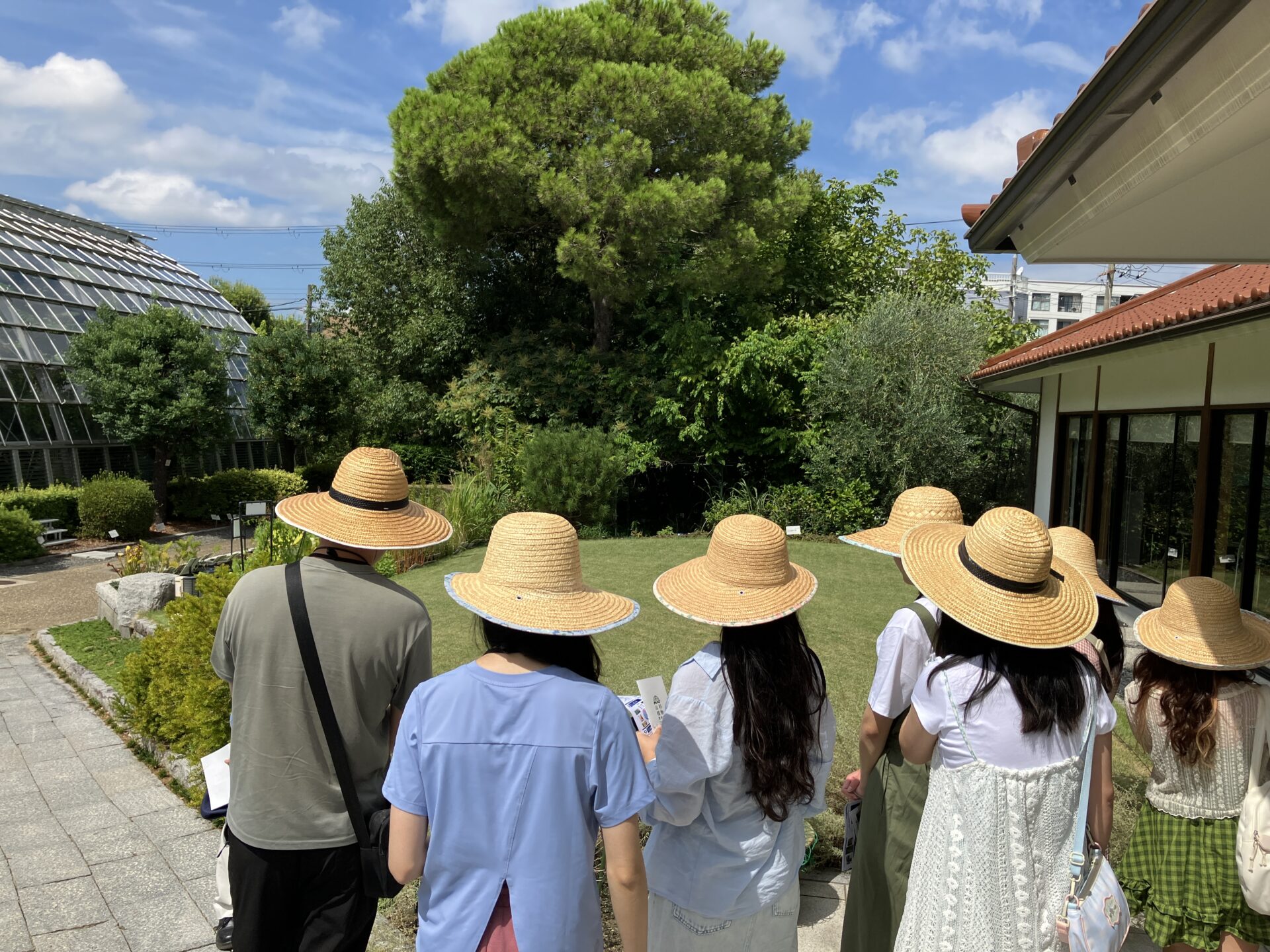[Experience Course] Nippon Shinyaku Plants, Medicine, and Health - 3,000 Types of Plants
We are committed to contributing to people's health through pharmaceuticals and functional foods. Santonin, our revolutionary roundworm treatment, is made from the plant Artemisia miltiorrhiza. The world is home to a diverse range of plants, from the trees you see on your way to school to plants that produce fruit for snacks and even medicinal plants. The Yamashina Botanical Museum collects and cultivates approximately 3,000 species of plants from around the world. During your tour, you will experience the mysterious allure of plants. You will also learn about the evolution of pharmaceutical development throughout our company's history. Furthermore, you can utilize this opportunity for career development through interactions with employees who are committed to contributing to health.
Features of this Plan
[Program content]
① Plant viewing
Students will be introduced to plants that will surprise and amaze them, and deepen their knowledge of plants, from among the approximately 3,000 species of plants collected from around the world, including Artemisia vulgaris, the raw material for the roundworm repellent Santonin, which was the driving force behind our company's great leap forward.②Learn about our company's history
Through ①, students will learn about the influence plants have on the human body, including taste and bodily functions, and through our company's history, they will learn about the history of pharmaceutical development. At the same time, they will learn about our CSR activities and about our corporate social responsibility activities.3) Exchange of opinions with employees
What do people who work at pharmaceutical companies that make medicines, which everyone has come into contact with at least once, think about on a daily basis? (The participants will vary depending on the date, so the topics discussed will also vary.)[Program schedule example]
10:00~ Orientation
10:10~ Botanical Garden Tour
11:00~ Learn about the history of Nippon Shinyaku (Mibu Yomogi Hall)
11:15~ Exchange of opinions with employees
12:00 End[Inquiries]
Kyoto Educational Research Program Office
Phone number: 075-284-0171
Email address: kyototankyu@bsec.jp
Business hours: 9:30 a.m. to 5:30 p.m. (excluding Saturdays, Sundays, and holidays)
SDGs area of this content
Tour overview
- Time required
- The basic times are 10am-12pm, 1pm-3pm, and 2pm-4pm, but we can accommodate requests upon request.
- Implementation site
- Nippon Shinyaku Co., Ltd. Yamashina Botanical Museum
- price
- 1,700 yen per person (tax included)
- Number of participants
- Approximately 30 people
[Pre-learning]
・Research the relationship between medicine and plants
- Think about how medicines are useful to society.
[On-site learning]
Learn about the diversity of plants.
・Learn about the evolution of pharmaceutical development.
- Listen to employees' thoughts and ideas and think about what you would do if you were in their position.
[Post-learning]
-Reflect on what you felt during your visit to the botanical garden.
・Thinking about the future of pharmaceuticals
Think about what people need to do to stay healthy.







 Kyoto
experience
Kyoto
experience Contact us by phone
Contact us by phone Contact by email
Contact by email